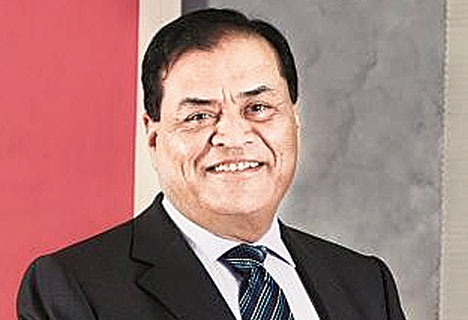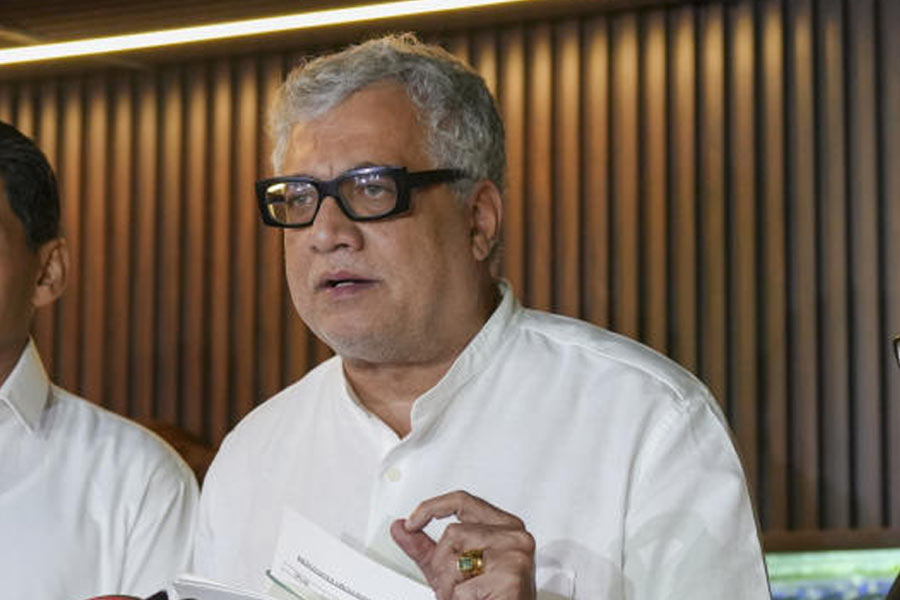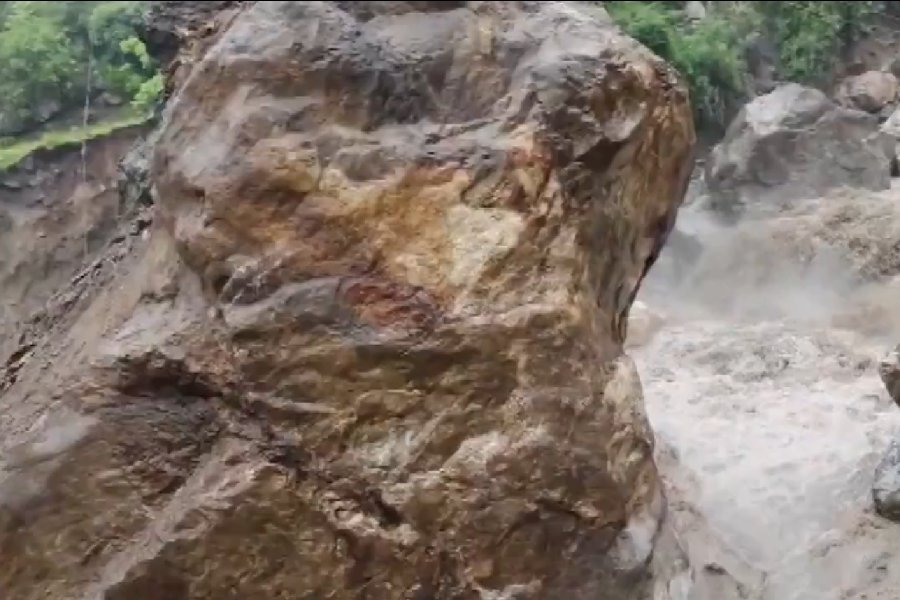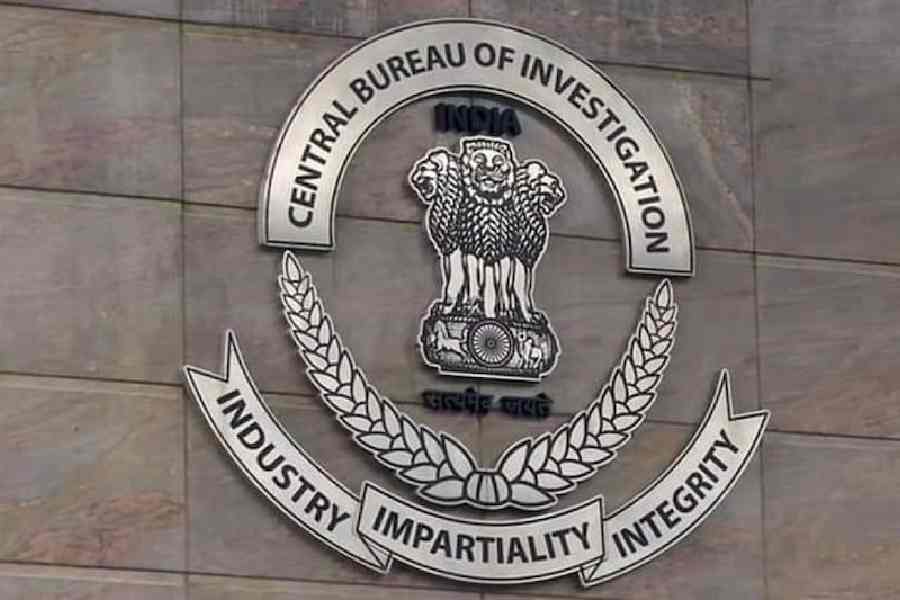
Calcutta: The largest contributor to Indian banking's stressed assets is fast turning out to be its biggest saviour, too.
The steel sector, which accounted for nearly 42 per cent of the stressed assets among the top 35 companies facing bankruptcy proceedings, appears to be providing the brightest chance of resolution and debt recovery.
A study conducted jointly by the CII and Sumedha Fiscal predicted the cumulative haircuts on steel companies will be around 40 per cent of the total loan exposure of the Indian banking system.
The haircut - the share of the loan forgone by banks - for metals will be the least among all the sectors where the scourge of non-performing assets is rampant.
For instance, the shipbuilding, oil, power, infrastructure/construction/EPC and auto component sectors are all staring at over a 70 per cent or more haircuts. This indicates banks will get only 30 per cent or less of their total lending from these assets compared with 60 per cent in metals.
The report pointed out that the first two successful resolutions (Bhushan and Electrosteel) from the list of dozen companies for which the RBI mandated the banks to find a resolution though the National Company Law Tribunal are from the steel sectors.
"Two of the top three accounts in the steel sectors - Bhushan Steel and Essar Steel - have attracted good response from potential acquirers under the IBC (Insolvency & Bankruptcy Code). The cumulative expected haircuts on steel companies would be around 40 per cent of the loan exposure, whereas the haircuts for these two would be 25 per cent and 17 per cent, respectively," said Bijay Murmuria, director of Sumedha Fiscal.
Some of the smaller accounts, however, may face larger haircuts. Murmuria did not rule out as much as 70 per cent haircuts for Jai Balaji Infrastructure, Visa Steel or Monnet Ispat.
Changing fortunes
Many factors led to the stress in the steel sector in the past.
According to Jayanta Roy, senior vice-president and group head - corporate sector ratings - in Icra, steel companies carried out huge capital expenditure but when the new capacities came to production, the market had entered into a low price cycle. As a result, companies struggled to service the loan taken for the capex, he added.
However, the last fiscal was good for the steel companies and this year also started well.
China has been cutting capacity on environmental concerns even as its internal consumption is growing. As a result, China's export to the world market is down 21 per cent in this calendar year, resulting in a higher price.
"Given the long gestation period and uncertainties associated with greenfield projects, acquisition appears to be a preferred option. If the demand is good and the market strong, companies can expect reasonable cash flow from the new acquisitions from Day One," Roy explained on why the NCLT companies are witnessing buyers' interest, which in turn is leading to a lower haircut for banks.
The only notable new plant to come up in recent times is Kalinganagar by Tata Steel, while NMDC's Chhattisgarh plant will be ready in 2019. JSW Steel and SAIL are adding capacity in their existing locations.
An Icra report has noted that steel consumption leaped 7.9 per cent in 2017-18 compared with 5.2 per cent in the first nine months of the last fiscal, as demand in the fourth quarter zoomed, backed by government capex.
"Encouraging domestic demand conditions, buoyant international prices and a weak rupee have resulted in domestic hot-rolled coil prices rising sharply to around Rs 45,550/mt by May 2018 from Rs 40,000/mt in December 2017. Downside risks to international steel prices, however, may emanate from a slowdown in demand growth within China, leading to higher exports," Roy said in the note.
Icra found that out of a sample of 22 large and mid-sized steel companies accounting for about 60 per cent of the current domestic capacity, the operating profitability of 14 companies which have declared their quarterly results so far improved to 25.4 per cent in Q4 of 2017-18 from 18.4 per cent in Q3 of 2017-18 and 15.7 per cent in Q4 of 2016-17, supported both by healthy volume growth rates and large price hikes effected during the quarter.
The rating agency expects further improvement in the operating margins of the industry in Q1 of 2018-19 on the back of a healthy demand, successive increase in realisations and lower raw material costs.











